A Visual History of the Human Pyramid
A balancing act through the ages.
Sportsmen in France form a human pyramid, 1919. (Photo: M. Rol/Ullstein Bild/Getty Images)
In the 16th century, Franco-Italian artist Juste de Juste sketched a series of prints showing men defying the laws of gravity and balance. They stand on each others shoulders, muscles popping. While there’s speculation about why Juste created the drawings, there’s no doubt about what we’re looking at: a (logistically impossible) human pyramid.
While their standard triangular layouts are usually associated with cheerleading stunts and circus acrobats, human pyramids take some extraordinary forms around the world. Take the Catalan region of Spain, where, since at least the 18th century, groups have competed to create castells—castles—for festivals. Effectively human towers, these precarious-looking structures are only completed once the top tier moves into position. Given they can run to ten levels high, the participants study and practice for months to ensure the safety of the group.
By digging through old archives, Atlas Obscura has found a variety of human pyramids from history—featuring acrobats and gymnasts, involving everything from horses to motorbikes. Here, a short visual history of this feat of balance, strength and showmanship.

Juste de Juste’s etching of an impossible human pyramid from the 1540s. (Photo: Museum of Fine Arts, Rennes/Public Domain)

A 17th-century carving of a human pyramid in Vietnam, from theVietnam National Museum of Fine Arts. (Photo: Daderot/Public Domain)

An Italian print of different formations of human pyramids—with torches—from c. 1652. (Photo: New York Public Library/Public Domain)

An Austrian engraving of contortionists Lawrence and Redisha from 1838, showing off both their balancing skills and double-jointed legs. (Photo: New York Public Library/Public Domain)

A pyramid complete with horses, acrobatics and vault, from an 1890s American book on circus life. (Photo: Library of Congress/Public Domain)

Students in Waterford, Ireland, create a pyramid in 1909. (Photo: National Library of Ireland/Public Domain)
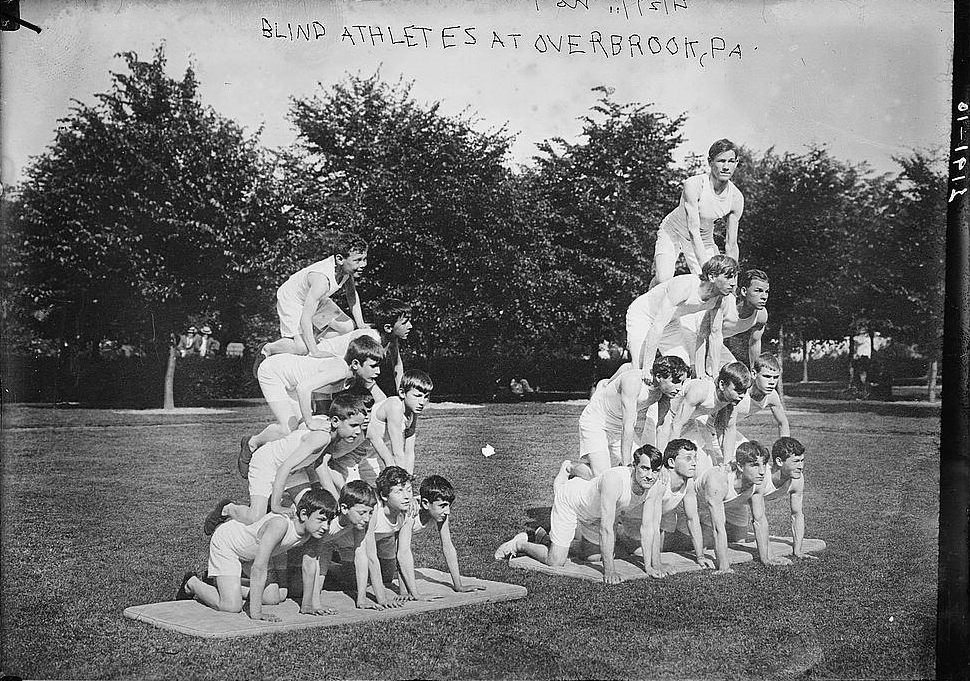
Athletes at the Overbrook School for the Blind, in 1911. (Photo: Library of Congress/LC-DIG-ggbain-09148)
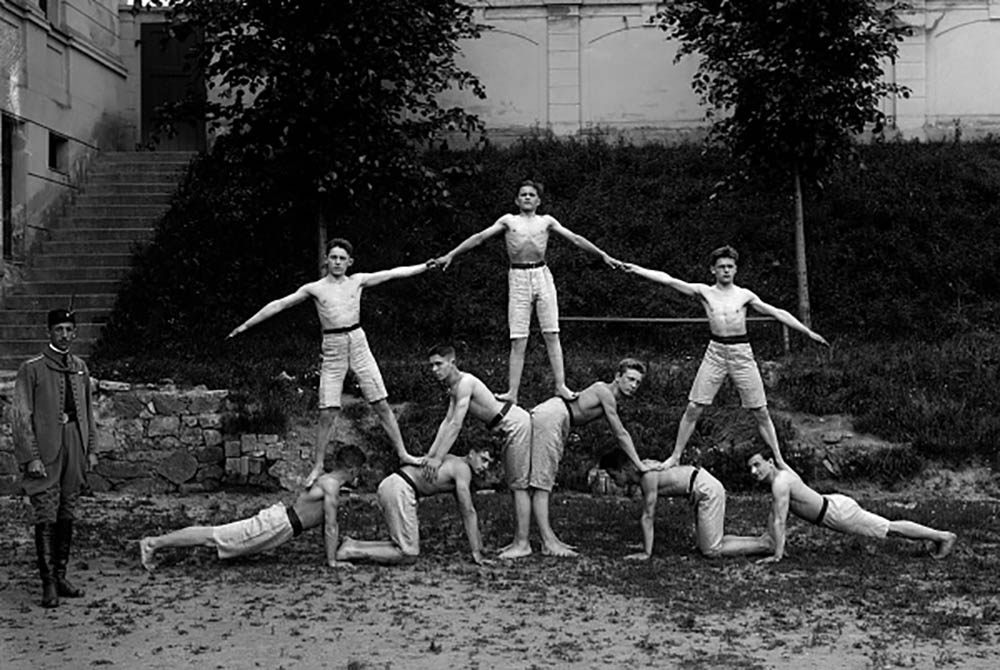
Young members of the Sokol gymnastics organization in the Czech Republic, 1924. (Photo: Šechtl and Voseček/Public Domain)

Child acrobats in 1930s Sydney. (Photo: State Library of New South Wales/Public Domain)

Gymnasts from Tokyo’s Keio University in 1931. (Photo: Public Domain)

A supported human pyramid in Berlin, 1973. (Photo: Bundesarchiv, Bild 183-M0805-407/Häßler, Ulrich/CC-BY-SA 3.0)

The Dahi Handi festival in India, where a human pyramid is formed to reach a clay pot. (Photo: AKS.9955/CC BY-SA 4.0)
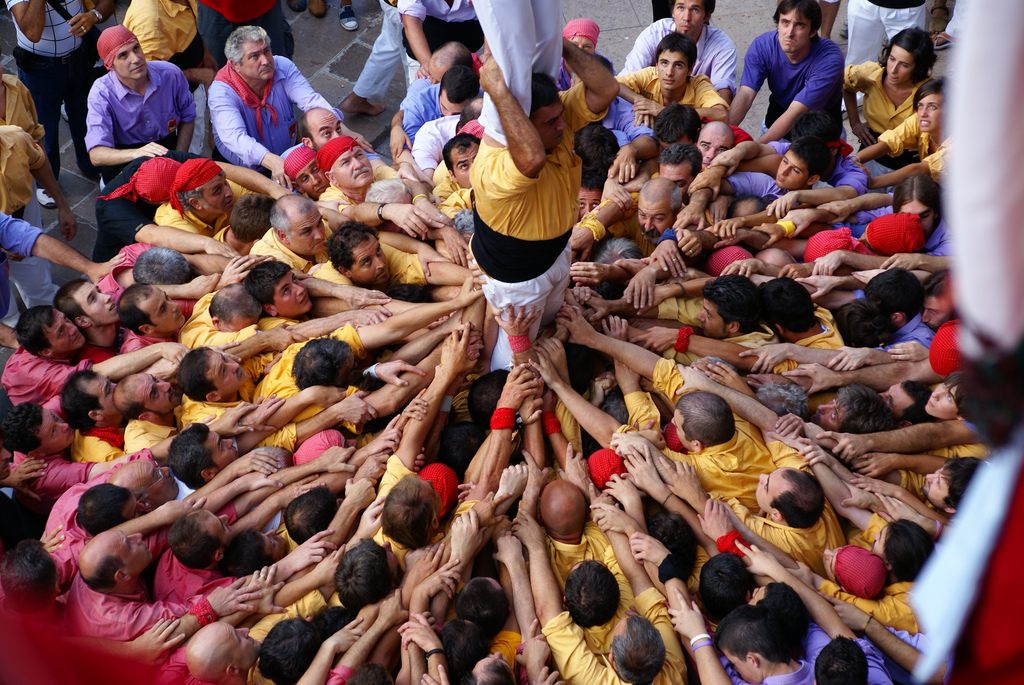
The base of a castell, a tower-like human pyramid structure built for festivals in Catalonia. (Photo: Núria i JC/CC BY 2.0)
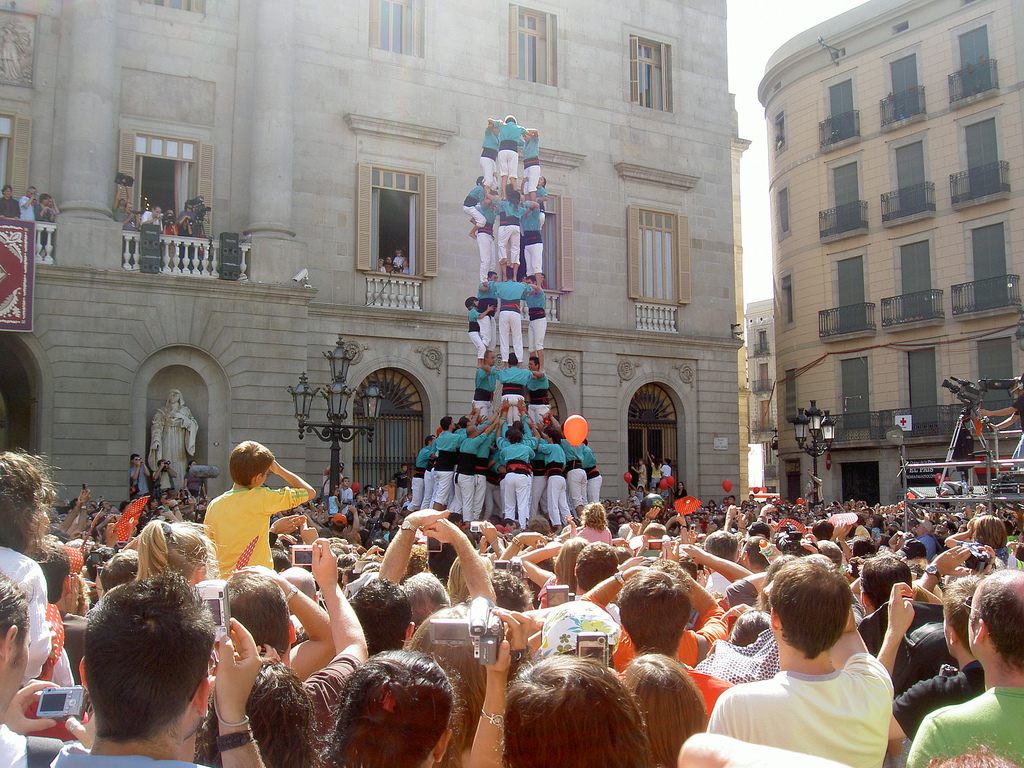
An impressively high castell in action, in Barcelona. (Photo: Steve/CC BY-SA 2.0)




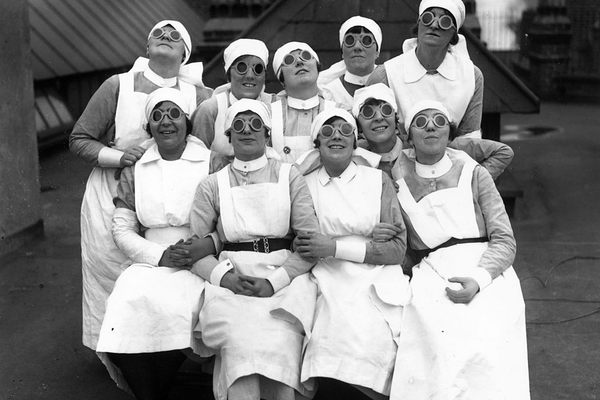

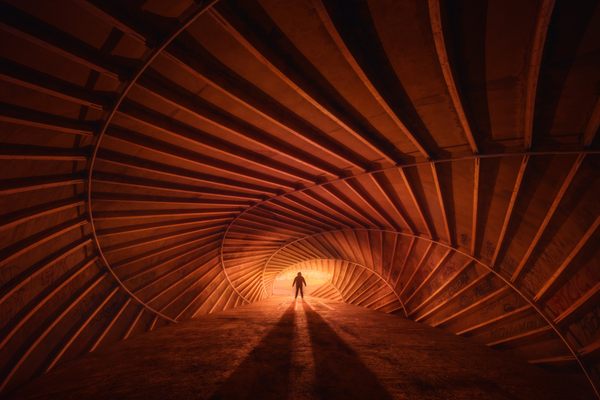


Follow us on Twitter to get the latest on the world's hidden wonders.
Like us on Facebook to get the latest on the world's hidden wonders.
Follow us on Twitter Like us on Facebook